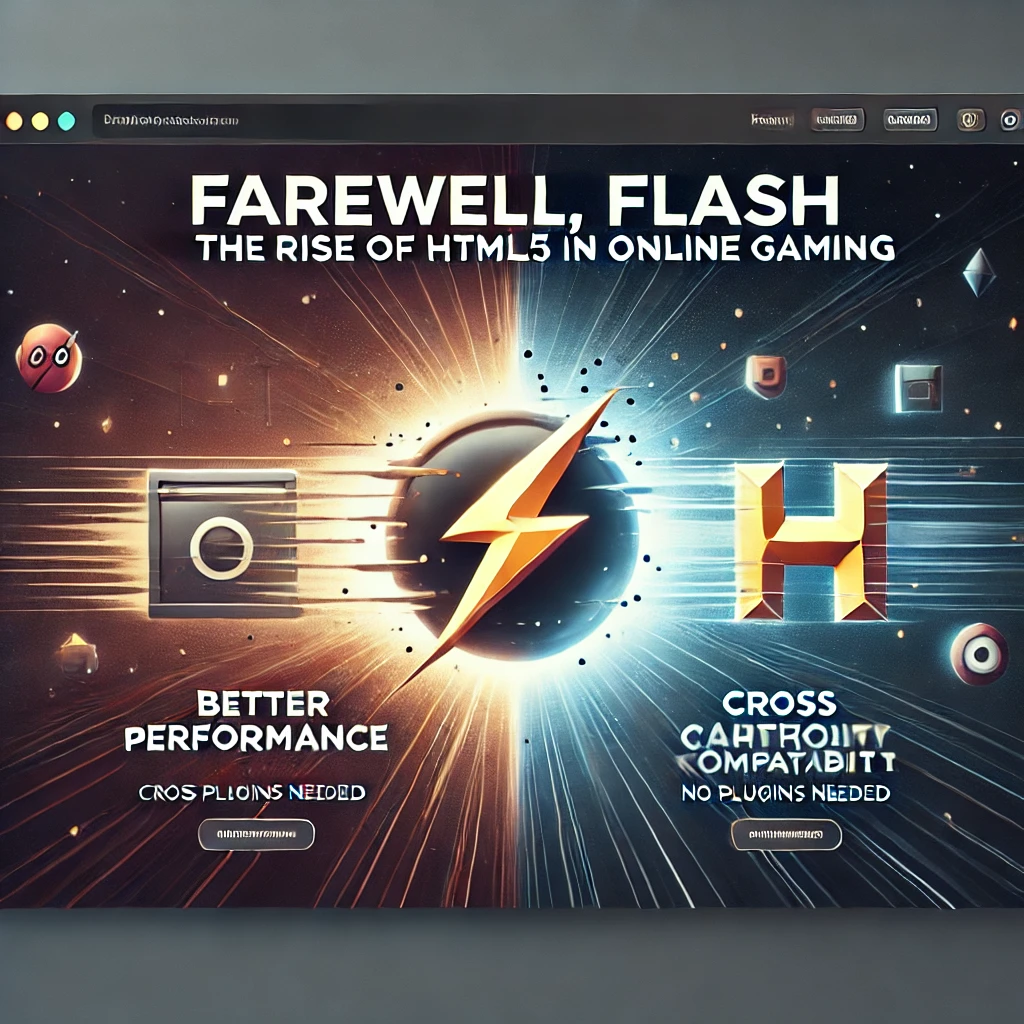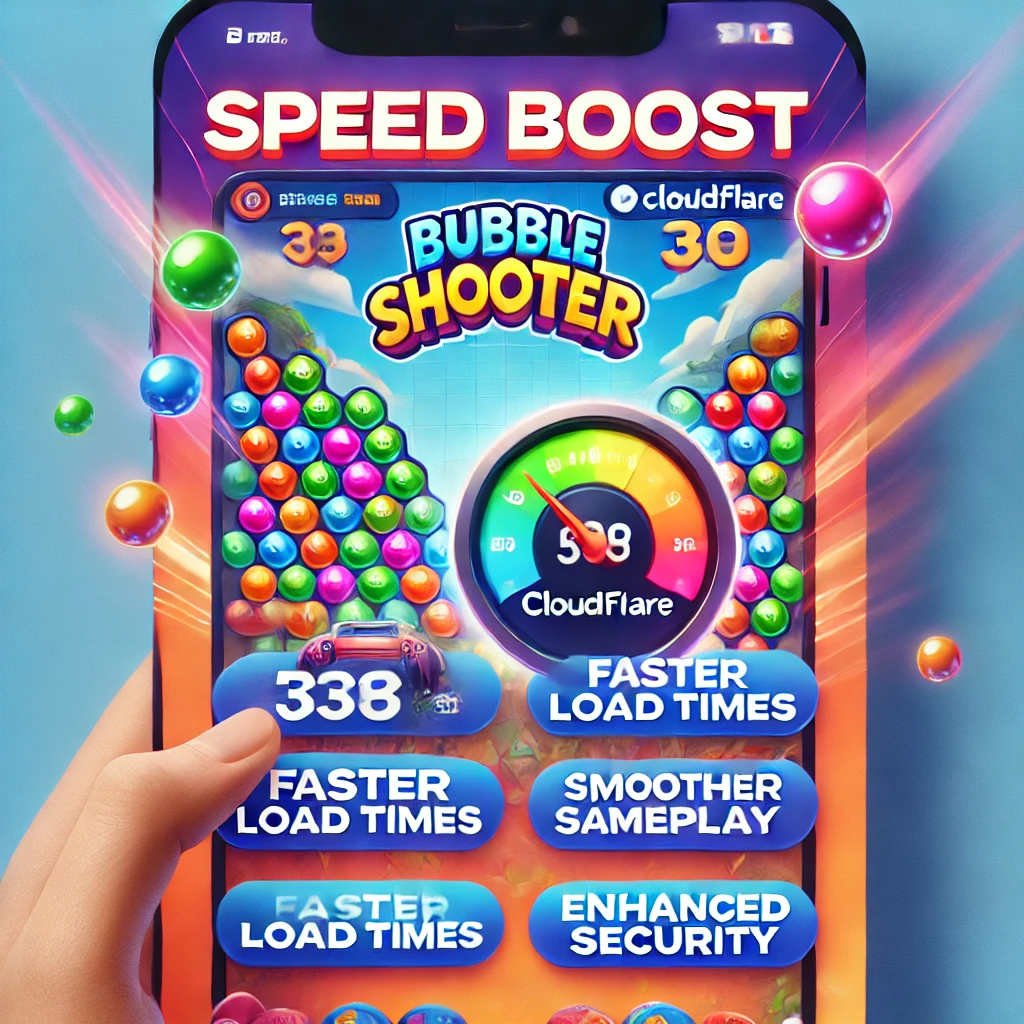Farewell, Flash: The Rise of HTML5 in Online Gaming

The digital landscape constantly evolves, making room for better, more efficient technologies. Among the most significant transitions in recent times is the end of Flash and the burgeoning dominance of HTML5, especially in the realm of online gaming. Let's delve into this transformative journey.
The Era of Flash
There was a time, not too long ago, when Flash was synonymous with online multimedia content. Developed by Macromedia in the mid-90s and later acquired by Adobe, Flash powered countless games, animations, and interactive websites. The Flash Player plugin became a staple on browsers, making rich content accessible to masses worldwide.
However, Flash wasn't without its challenges. Security vulnerabilities, heavy resource requirements, and lack of compatibility with mobile devices (remember the Apple-Flash standoff?) led to its gradual decline.
The Quiet Ascendancy of HTML5
In the background of Flash's omnipresence, the World Wide Web Consortium (W3C) was developing the fifth version of the HyperText Markup Language - HTML5. While HTML was the backbone of the web, HTML5 brought significant enhancements, making it possible to embed multimedia content directly into web pages without relying on third-party plugins like Flash.
HTML5 started gaining traction because of its:
- Universal Compatibility: Unlike Flash, HTML5 content could run seamlessly across desktops, smartphones, and tablets. With the growing mobile user base, this became a critical advantage.
- Enhanced Performance: HTML5 games and applications often outperformed their Flash counterparts, particularly on mobile devices, due to better resource management.
- Open Standard: Being a web standard, HTML5 was free from proprietary constraints, allowing developers to use and improve upon it without licensing issues.
The Online Gaming Metamorphosis
The online gaming industry was among the first to realize the potential of HTML5. As Flash's end neared, game developers began the colossal task of transitioning.
- Porting Existing Games: Many popular Flash games were recreated in HTML5. This wasn't a straightforward "conversion" but often required rebuilding the game from scratch. It was a challenging process but ensured the survival of beloved classics. This is how the bubble shooter game is converted from flash to html5.
- Mobile-First Development: Game developers embraced the mobile-first approach, designing games primarily for mobile devices using HTML5 and then adapting them for desktops. This shift acknowledged the increasing number of mobile gamers.
- Monetization and Distribution: HTML5 allowed game developers to tap into a wider audience across various devices. Improved performance led to better user engagement, driving ad revenues. Moreover, the web-based nature of HTML5 games made them easily shareable, amplifying their reach.
The Final Nail and A New Dawn
By the end of 2020, Adobe officially stopped supporting Flash. Major browsers like Chrome, Firefox, and Edge ceased to run Flash content, marking an end to an era. However, thanks to HTML5, the online gaming industry not only survived the transition but thrived and expanded.
In conclusion, while Flash will always hold a nostalgic corner in the heart of the early internet users, the future with HTML5 looks promising, vibrant, and inclusive. The end of Flash is not a farewell to rich multimedia content but a welcome to a more secure, efficient, and universally compatible digital age.


















